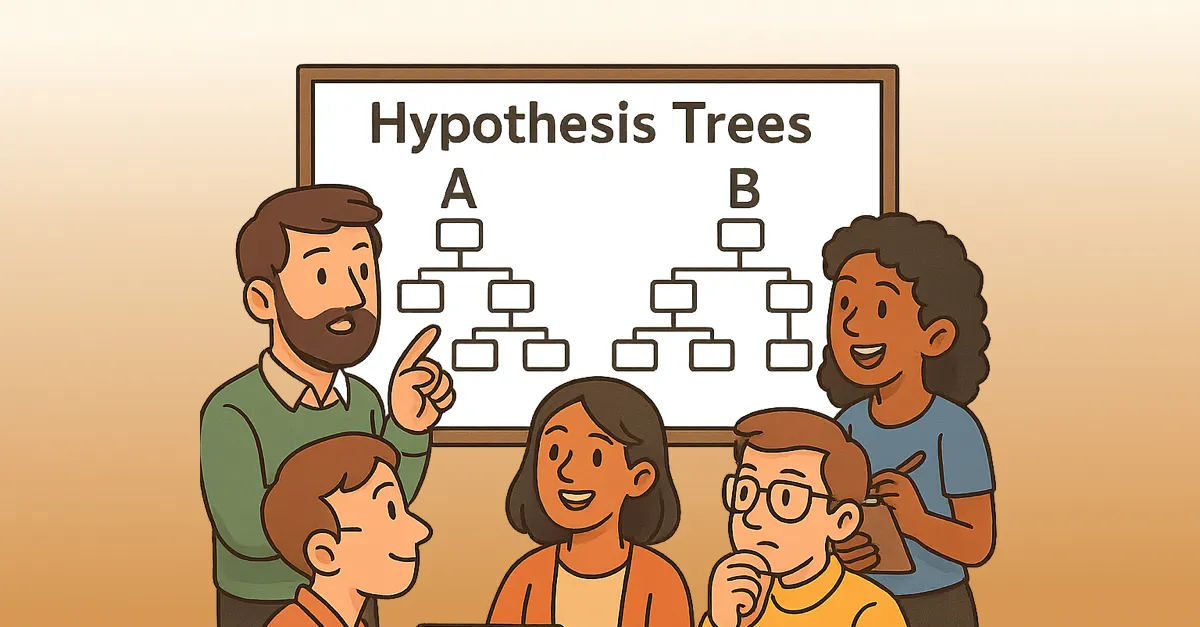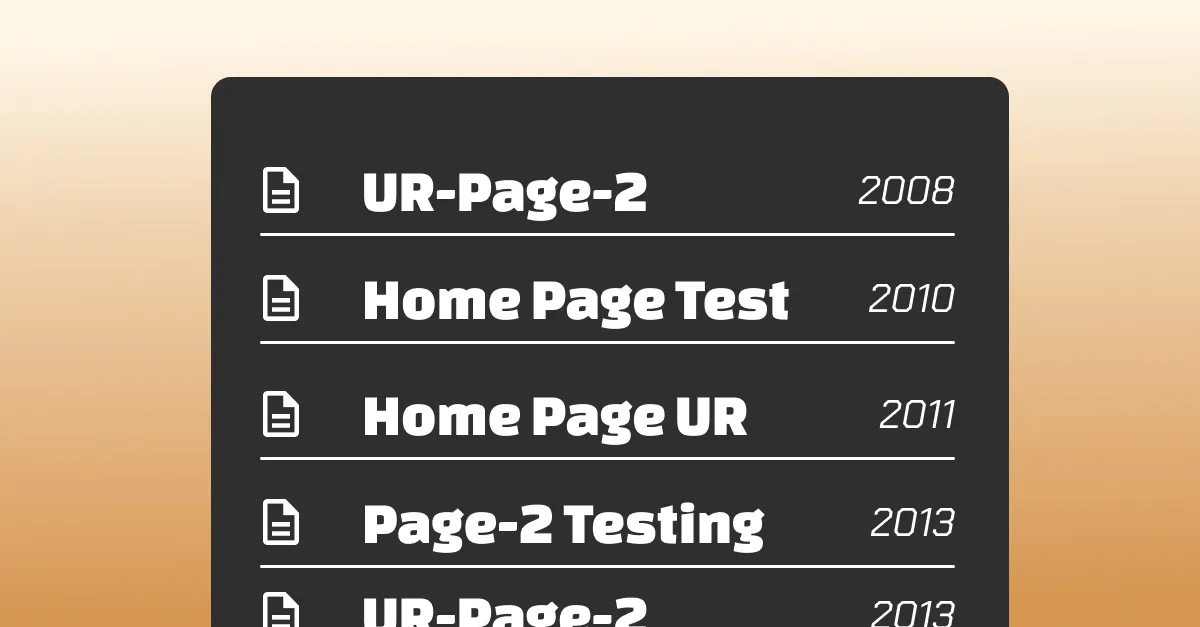
Tell me why
Over the past few months, I’ve been deeply struck by AI’s ability to help me answer a question that’s long haunted the world of UX and experimentation: why?
Most companies that do A/B testing are swimming in the what—clicks, conversions, revenue lifts. These are easy to measure and look great on dashboards. But something is missing: the why. Why did a user behave that way? Why did version B outperform version A? What led someone to bounce or convert?
The Problem with Hypotheses Today
In many organizations, hypotheses are often just glorified assumptions. They come from someone’s gut, a brainstorm, or the loudest voice in the room. They get formalized into a tree, tested through an A/B experiment, and evaluated based on what changed.
But here’s the issue: we’re still just measuring behavior—the what. And if our starting point is biased, vague, or disconnected from actual user insight, no matter how rigorous our A/B test, we’re still gambling.
We might run hundreds of experiments but barely move the needle. That’s a run rate problem, yes—but more often, it’s a win rate problem. Our hypotheses aren’t grounded in reality. They’re not strong enough.

Enter AI, Enter the Why
Now imagine this: you’ve got years of user research—interviews, surveys, usability studies. That qualitative goldmine usually sits in Notion or tucked away in slide decks. But what if you could query that research like a database? What if you could use a large language model (LLM) to extract the why behind behaviors—across years of insights—and use that to form better hypotheses?
That’s what’s happening now.
With AI, we can stop treating research like one-off findings and start treating it like a living knowledge base. When used right, AI can help pull threads across past insights, patterns in user sentiment, and even moments from a usability session you forgot about—and bring them right into your current experiment planning.

A Simple Example
Let’s say I’m designing a search results page. Historically, we’ve had a toggle—map view vs list view. But past research showed something interesting: users don’t just prefer one over the other, they actually toggle back and forth. It’s a 50/50 split.
Now, instead of assuming, I could form a stronger hypothesis: what if I split the screen—map on one side, list on the other? Let people use both at the same time.
That’s not just an idea. That’s a hypothesis formed with why data. And if you look at platforms like Airbnb, you’ll see that kind of thinking already in production. Split views are becoming more common, because they accommodate user behaviors that are backed by research, not just opinion.
Goodbye Hippo, Hello Insight
A lot of companies still operate on hippo culture—highest paid person’s opinion. But in this age, the ability to call up research instantly and back your idea with context is a competitive edge. You’re not just saying “I think this will work.” You’re saying, “Here’s the data from five user studies, across two years, that show this behavior pattern.”
That changes the conversation.

The Future of Why
In my career, I’ve never had a more powerful tool to help me understand the why. AI is not replacing research—it’s elevating it. It’s helping us make the leap from instinct to insight, from assumption to understanding.
So the next time you’re forming a hypothesis, ask yourself: do you just have the what? Or can you tell me why?
Let’s chat
Want to chat more about the why?
Reach out over LinkedIn
Rahul Rahate